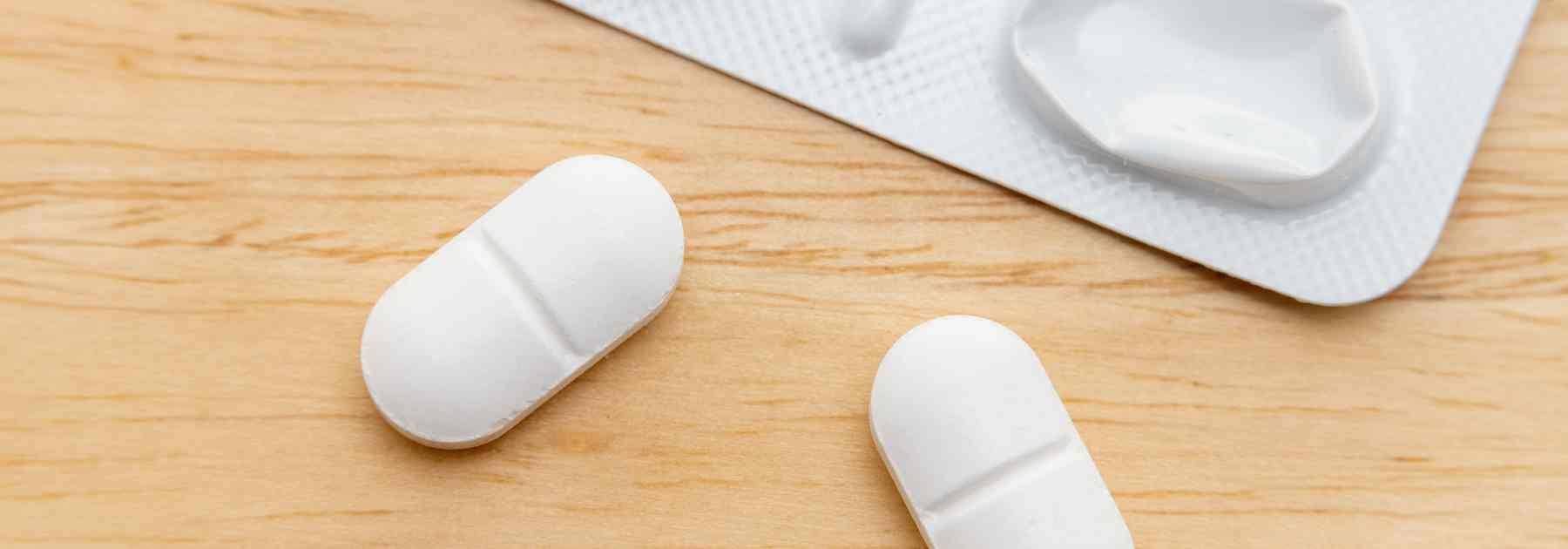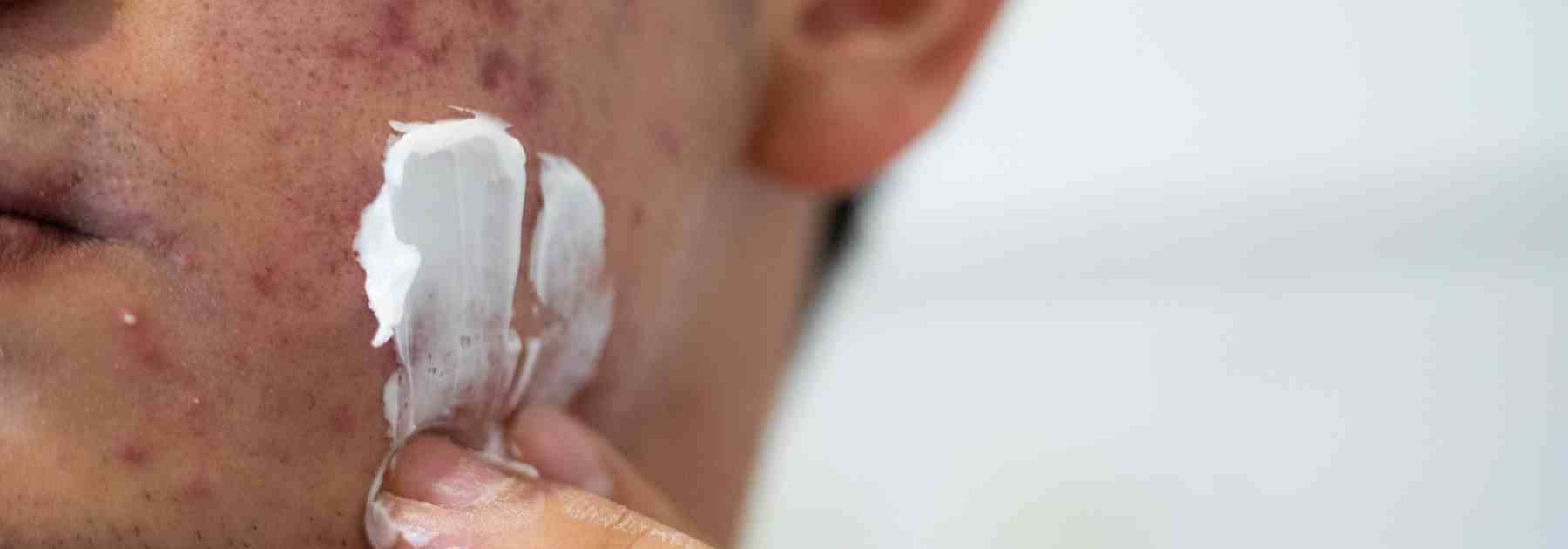At Halo Health, we understand that dealing with the flu can be incredibly draining, particularly when you’re eager to get back to your daily routine as quickly as possible. While it may be challenging to completely eliminate flu symptoms in just 24 hours, there are steps you can take to feel significantly better in a short time by using over-the-counter medications, proper self-care, and preventive measures. In this guide, we’ll explore effective strategies for managing flu symptoms and provide a well-rounded approach to how to get rid of the flu in 24 hours.
Understanding Flu Symptoms
The flu, or influenza, is a viral infection that affects the respiratory system, causing symptoms such as:
- Fever and chills
- Cough
- Sore throat
- Fatigue
- Headache
- Muscle and joint pain
- Nasal congestion
More severe than a common cold, the flu can last several days. However, addressing the symptoms early on with a combination of medications and lifestyle changes can help minimise the severity and duration.
Step 1: Over-the-Counter Medications
Over-the-counter medications are your first line of defence when tackling flu symptoms quickly. Two widely used options include paracetamol and Anadin Extra, both of which can help relieve pain, reduce fever, and get you on the path to recovery. Anadin also contains paracetamol, so don’t take both together and be sure to consult the instructions before use.

Paracetamol
Paracetamol is a reliable and effective medication for managing fever and aches associated with the flu. It works by blocking the production of prostaglandins, which are chemicals in the body responsible for pain and inflammation. By lowering your body’s temperature, paracetamol helps to ease discomfort and allow you to rest.
- Dosage: Adults can typically take 500mg to 1,000mg of paracetamol (1-2 tablets) every four to six hours, with a maximum of 4,000mg (8 tablets) per day. Always follow the instructions on the packaging and consult a healthcare professional if you are unsure.
- Benefits: Paracetamol is generally gentle on the stomach and is suitable for most people, making it an excellent choice for relieving flu symptoms without causing further irritation.
Anadin Extra
Anadin Extra is another over-the-counter medication that combines aspirin, paracetamol, and caffeine. This combination works to target more severe pain, headaches, and body aches, while caffeine can provide an extra energy boost to help you feel more alert.
- Dosage: For adults, the recommended dose is 1-2 tablets every four hours, with no more than 8 tablets in 24 hours. As always, follow the label directions and avoid using this medication if you have sensitivities to aspirin or other NSAIDs (non-steroidal anti-inflammatory drugs).
- Benefits: Anadin Extra’s triple-action formula makes it particularly effective for managing more intense symptoms like severe headaches or body pain, often allowing you to feel better faster.
Don’t take Anadin with other products containing paracetamol.
Step 2: Stay Hydrated
Dehydration can worsen flu symptoms, leading to fatigue, headaches, and muscle cramps. Drinking plenty of fluids is essential for recovery, as it helps keep the body hydrated and flushes out toxins. Some good options for hydration include:
- Water
- Herbal teas (such as ginger or peppermint, which can help soothe the throat and reduce nausea)
- Clear broths
- Oral rehydration solutions (to replace lost electrolytes)
Avoid caffeinated or sugary drinks, as these can contribute to dehydration. Keeping your body well-hydrated will also help thin mucus, making it easier to relieve congestion and coughing.
Step 3: Rest and Recovery
While it may seem counterintuitive when trying to recover quickly, rest is one of the most important elements in speeding up your recovery. The flu puts significant stress on the immune system, so it’s crucial to allow your body the time and energy to focus on fighting the virus.
- Sleep: Try to get plenty of sleep, aiming for at least 8-10 hours in the first 24 hours of flu onset. This will give your body the necessary resources to recover.
- Reduce activity: Minimise physical exertion and give your muscles a break to prevent further fatigue.
- Comfort: Keep your environment calm and comfortable, and consider using a humidifier to moisten the air and reduce nasal and throat irritation.
Step 4: Soothe Your Symptoms
In addition to medications and rest, certain home remedies and lifestyle changes can help alleviate the most uncomfortable flu symptoms, such as a sore throat or congestion.
- Saltwater gargle: Gargling with warm salt water can soothe a sore throat and reduce swelling.
- Steam inhalation: Breathing in steam from a hot shower or bowl of hot water can help open up your nasal passages and relieve congestion. Adding a few drops of essential oils, like eucalyptus or peppermint, may offer additional relief.
- Lozenges or honey: Sucking on lozenges or taking a spoonful of honey can help soothe a sore throat and reduce coughing.

Step 5: Vaccination – The Best Prevention
While it’s possible to manage flu symptoms and recover relatively quickly, prevention remains the most effective strategy against the flu. The flu vaccine is one of the best ways to protect yourself and reduce the risk of getting seriously ill.
- Flu Vaccine: The flu vaccine is updated annually to protect against the most common strains of the flu virus for that year. It’s recommended for everyone, particularly those in higher-risk groups such as the elderly, people with chronic conditions, and pregnant women.
- Effectiveness: Though not 100% effective, the flu vaccine significantly reduces the likelihood of severe symptoms and hospitalisation, making it an essential part of flu prevention.
At Halo Health, we encourage everyone to get vaccinated as part of their annual health routine. Not only does it protect you, but it also helps prevent the spread of the virus to others, contributing to healthier communities.
Alleviate Your Flu Symptoms
While completely getting rid of the flu in 24 hours may not always be possible, taking swift action with over-the-counter medications, staying hydrated, resting, and soothing your symptoms can help you feel significantly better in a short amount of time. Additionally, making the flu vaccine part of your yearly health plan is the best preventive measure to keep the flu at bay in the first place. Stay prepared, and take the necessary steps to protect your health both now and in the future.
This blog was written on behalf of Halo Health by Pharmacy Mentor.







